Aby Warburg: Bilderatlas Mnemosyne
The Original
04 Sep - 30 Nov 2020
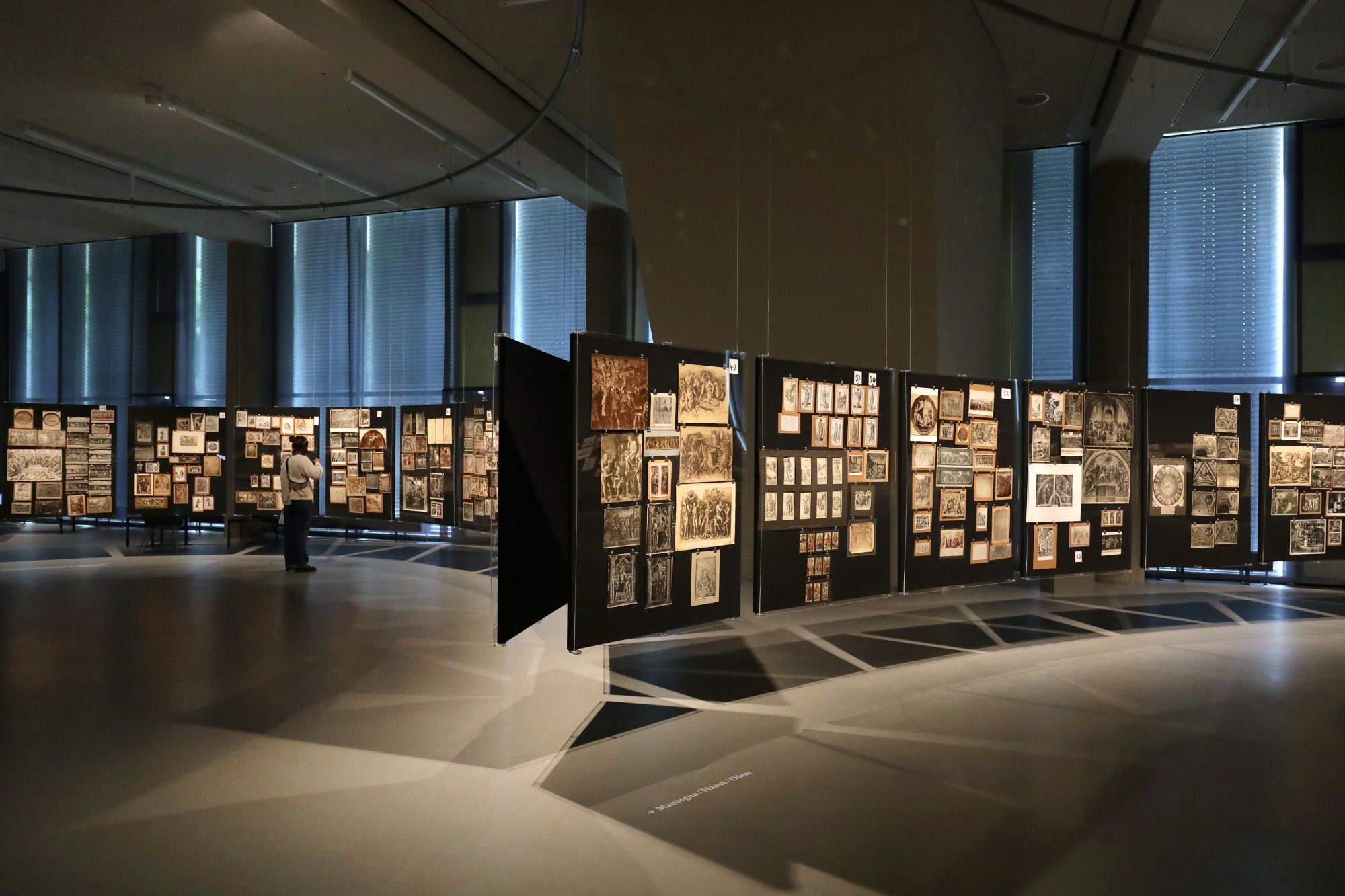
Aby Warburg: Bilderatlas Mnemosyne - The Original
Installation view at HKW Berlin 2020 © Photo: Silke Briel / HKW
Installation view at HKW Berlin 2020 © Photo: Silke Briel / HKW
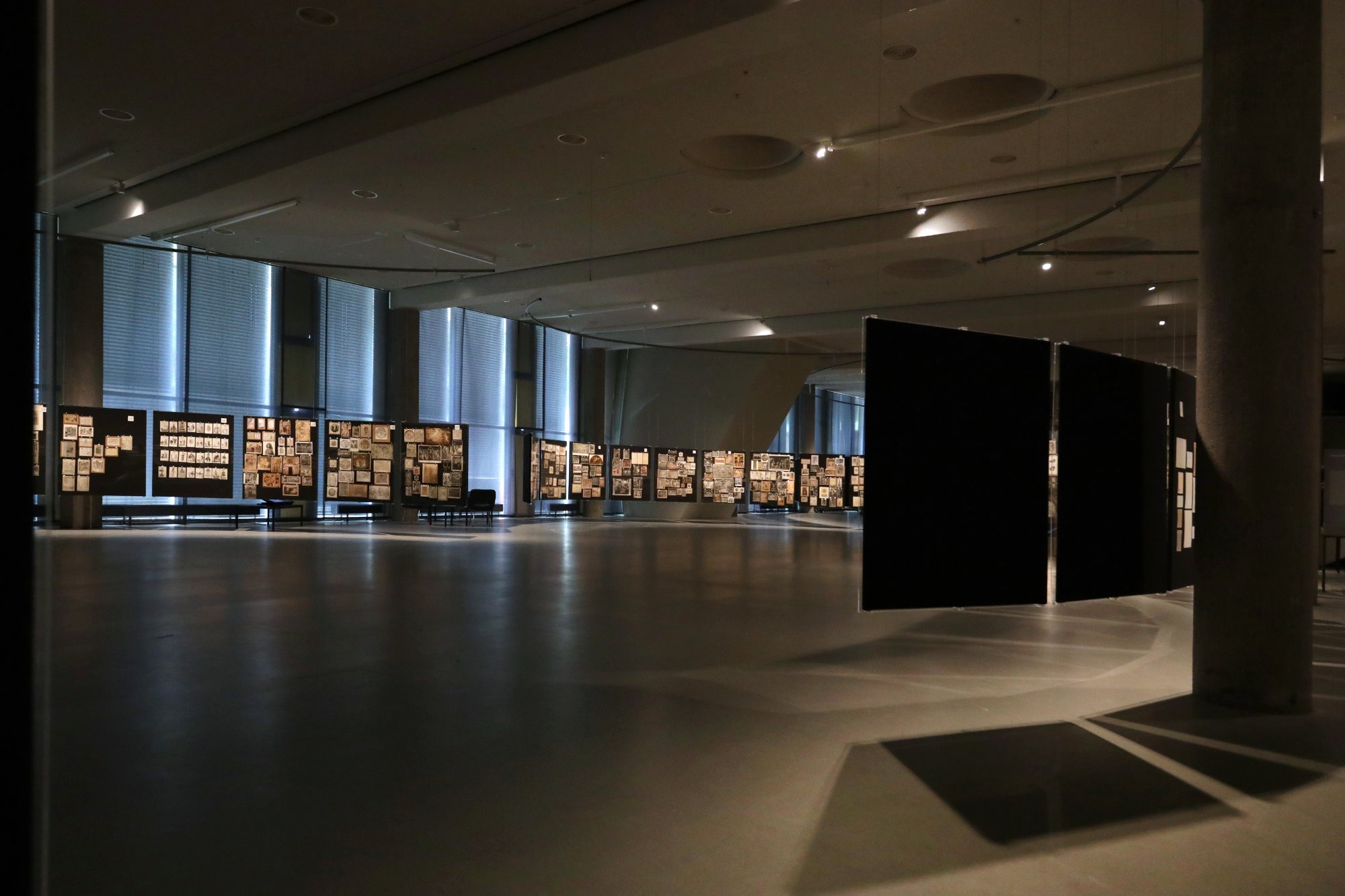
Aby Warburg: Bilderatlas Mnemosyne - The Original
Installation view at HKW Berlin 2020 © Photo: Silke Briel / HKW
Installation view at HKW Berlin 2020 © Photo: Silke Briel / HKW
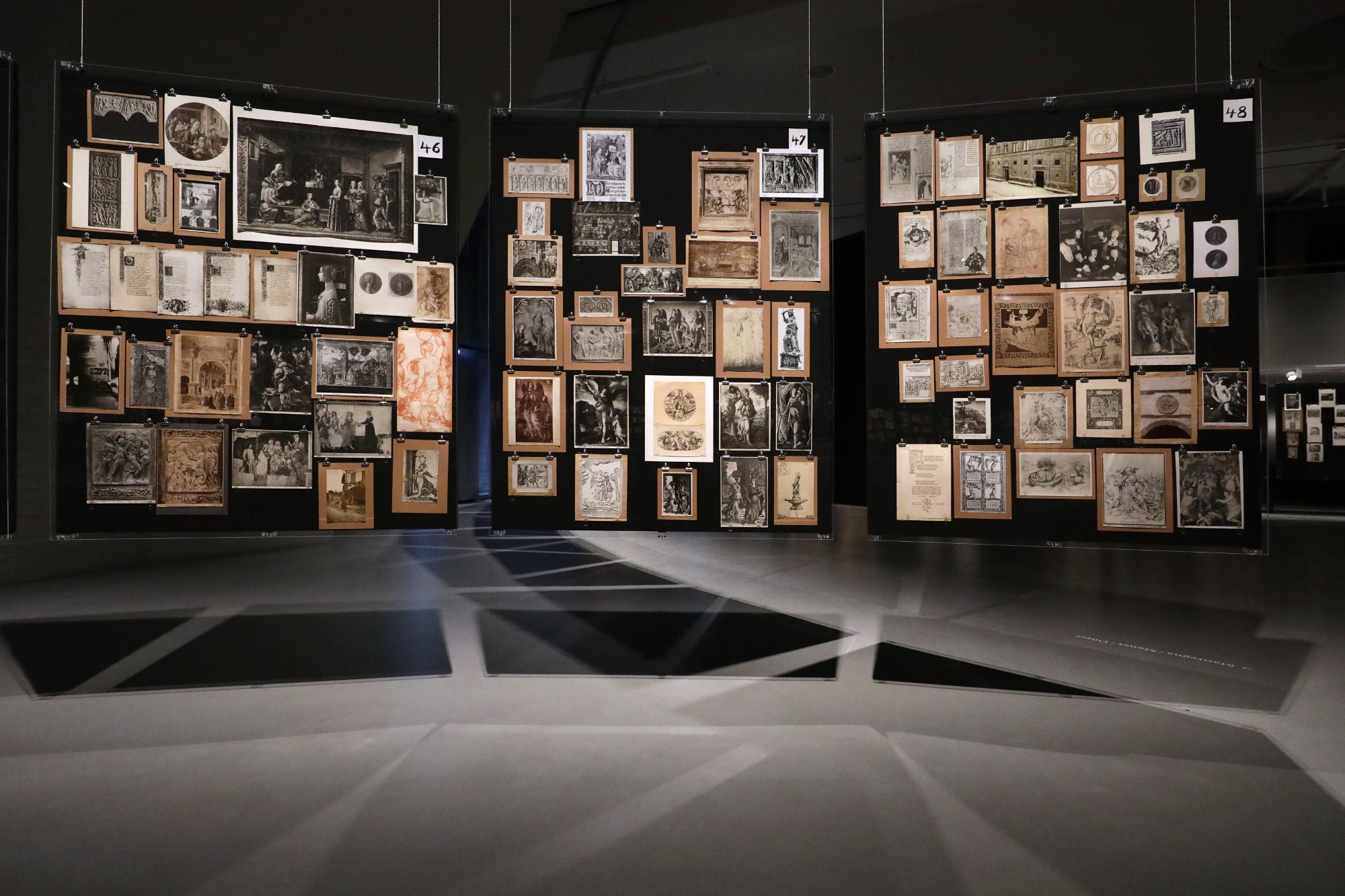
Aby Warburg: Bilderatlas Mnemosyne - The Original
Installation view at HKW Berlin 2020 © Photo: Silke Briel / HKW
Installation view at HKW Berlin 2020 © Photo: Silke Briel / HKW
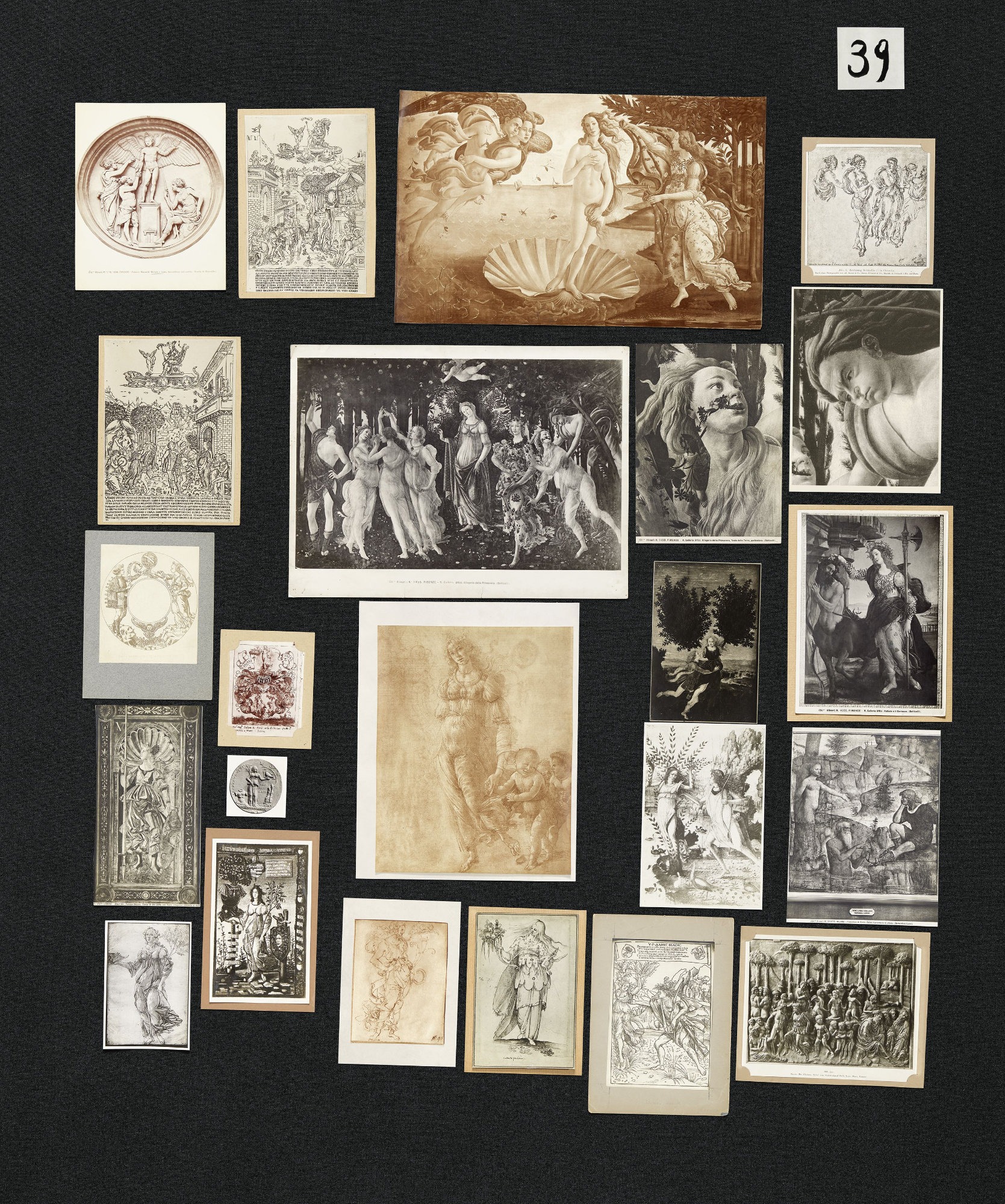
Aby Warburg: Bilderatlas Mnemosyne - The Original
Installation view at HKW Berlin 2020 © Photo: Silke Briel / HKW
Installation view at HKW Berlin 2020 © Photo: Silke Briel / HKW
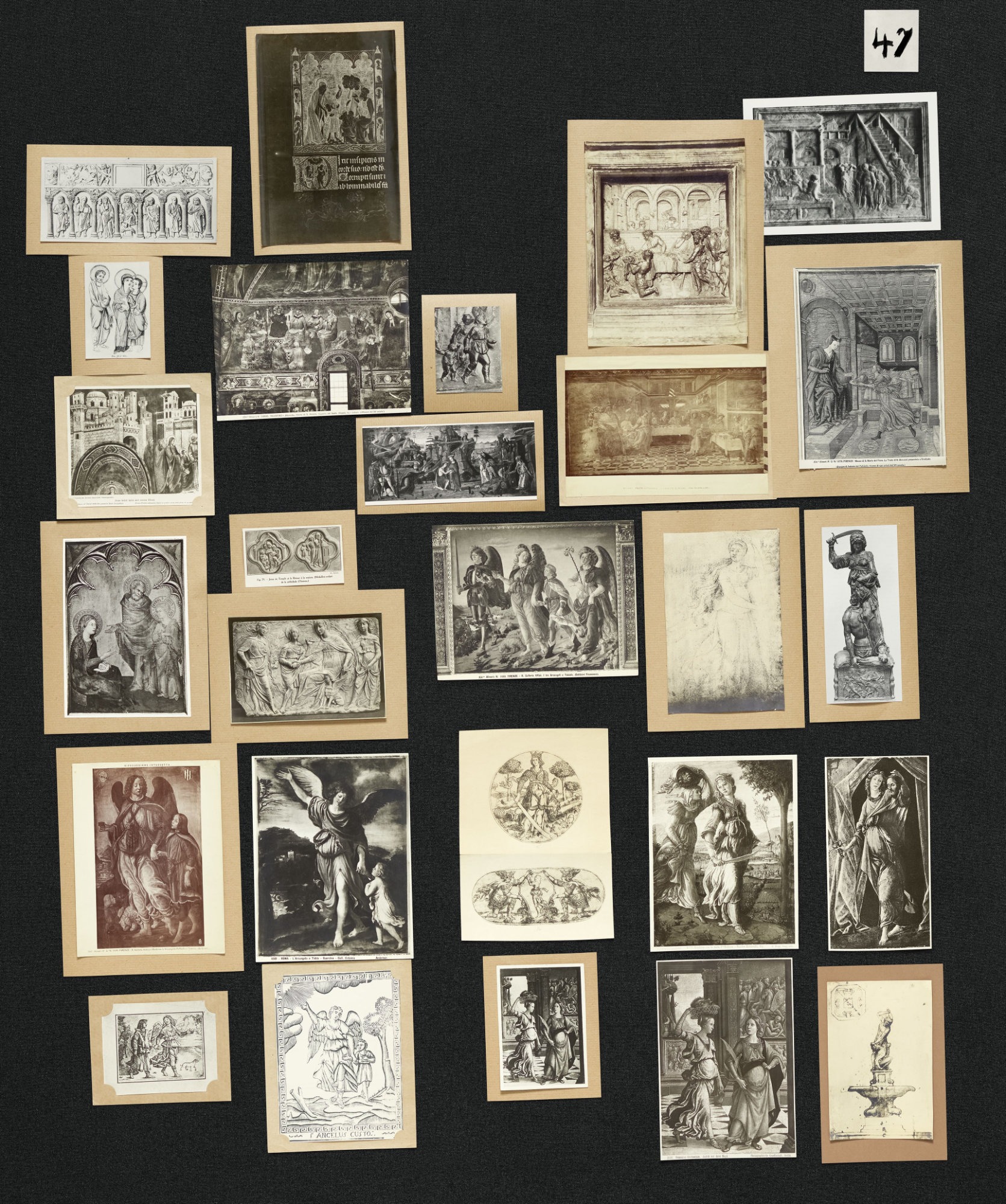
Aby Warburg: Bilderatlas Mnemosyne - The Original
Installation view at HKW Berlin 2020 © Photo: Silke Briel / HKW
Installation view at HKW Berlin 2020 © Photo: Silke Briel / HKW
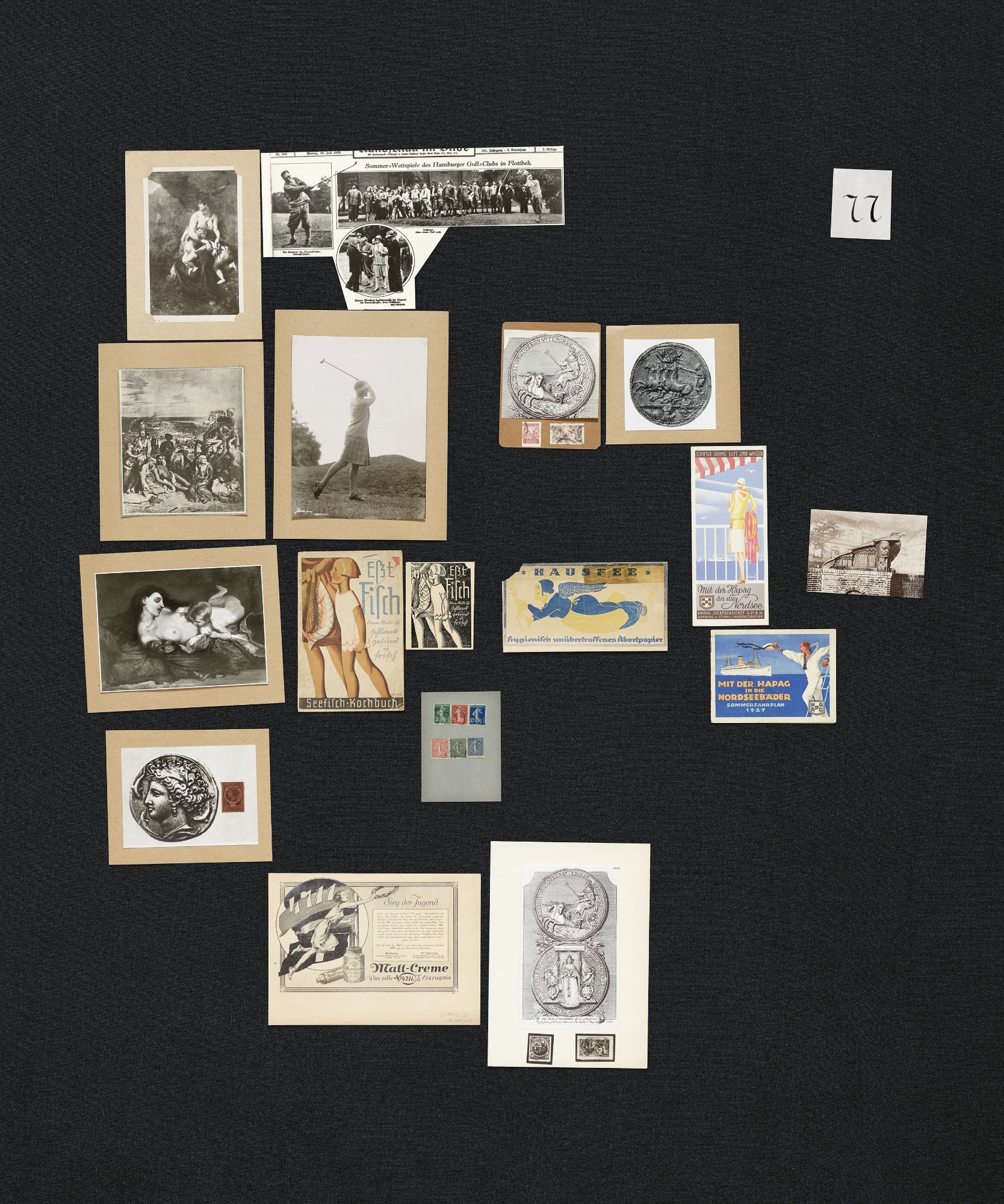
Aby Warburg: Bilderatlas Mnemosyne - The Original
Installation view at HKW Berlin 2020 © Photo: Silke Briel / HKW
Installation view at HKW Berlin 2020 © Photo: Silke Briel / HKW
In the 1920s, the historian of art and culture Aby Warburg (1866-1929) created his Bilderatlas Mnemosyne tracing recurring visual themes and patterns across time, from antiquity to the Renaissance and beyond to contemporary culture. His approach provides inspiration for today’s visually and digitally dominated world. At HKW all 63 panels of the Atlas will be recovered for the first time from Warburg’s original images.
Aby Warburg studied the interplay of images from different periods and cultural contexts. He designed the Mnemosyne Atlas to provide a pictorial representation of the influences of the ancient world in the Renaissance and beyond. In its last documented version, the Atlas consisted of large black panels on which Warburg placed photographic reproductions of artworks from the Middle East, European antiquity and the Renaissance, alongside contemporary newspaper clippings and advertisements. In the years leading to his death in 1929, Warburg and his closest colleagues Gertrud Bing and Fritz Saxl experimented with the form and function of the Bilderatlas. Their goal was to present a publication designed for discussion among experts as well as the broader public. During the course of its creation, the Atlas developed into an instrument of cognition.
Warburg’s method set new standards: it consisted in rearranging canonized images and looking at them across epochs. His project traversed the boundaries between art history, philosophy and anthropology and was fundamental for the modern disciplines of visual and media studies. Today, his use of visual memory provides inspiration and alternative routes through a reality dominated by visual media.
The exhibition at HKW restores the last documented version of the 1929 Atlas almost completely with the original images. In collaboration with the Warburg Institute in London, the curators Roberto Ohrt and Axel Heil have located most of the originals, some partly in color, 971 images from the 400,000 individual objects in the Institute’s Photographic Collection to show all 63 panels of Warburg’s unfinished magnum opus for the first time since his death. In addition, 20 unpublished large-scale photographs of panels that were previously only accessible in the Warburg Institute archives will be shown: Most of them made in autumn of 1928, they originated from the previous versions of the Atlas and are presented as large prints of the original black and white negatives.
On the occasion of the exhibition Hatje Cantz publishes two publications: A folio volume gathers the 63 plates of Warburg’s Atlas – newly photographed from the original, multi-colored images and the 20 panels from the previous versions in black and white along with essays by Axel Heil, Roberto Ohrt, Bernd Scherer, Bill Sherman and Claudia Wedepohl. Another volume with extensive commentaries by the curators will be published in Spring 2021.
The exhibition is curated by Roberto Ohrt and Axel Heil in cooperation with the Warburg Institute.
Part of The New Alphabet
Running concurrently to the exhibition at HKW, the Gemäldegalerie presents the exhibition Between Cosmos and Pathos that shows artworks ranging from prehistory and early history through to the modern age that Warburg used as the basis for his encyclopaedic image collection.
Aby Warburg studied the interplay of images from different periods and cultural contexts. He designed the Mnemosyne Atlas to provide a pictorial representation of the influences of the ancient world in the Renaissance and beyond. In its last documented version, the Atlas consisted of large black panels on which Warburg placed photographic reproductions of artworks from the Middle East, European antiquity and the Renaissance, alongside contemporary newspaper clippings and advertisements. In the years leading to his death in 1929, Warburg and his closest colleagues Gertrud Bing and Fritz Saxl experimented with the form and function of the Bilderatlas. Their goal was to present a publication designed for discussion among experts as well as the broader public. During the course of its creation, the Atlas developed into an instrument of cognition.
Warburg’s method set new standards: it consisted in rearranging canonized images and looking at them across epochs. His project traversed the boundaries between art history, philosophy and anthropology and was fundamental for the modern disciplines of visual and media studies. Today, his use of visual memory provides inspiration and alternative routes through a reality dominated by visual media.
The exhibition at HKW restores the last documented version of the 1929 Atlas almost completely with the original images. In collaboration with the Warburg Institute in London, the curators Roberto Ohrt and Axel Heil have located most of the originals, some partly in color, 971 images from the 400,000 individual objects in the Institute’s Photographic Collection to show all 63 panels of Warburg’s unfinished magnum opus for the first time since his death. In addition, 20 unpublished large-scale photographs of panels that were previously only accessible in the Warburg Institute archives will be shown: Most of them made in autumn of 1928, they originated from the previous versions of the Atlas and are presented as large prints of the original black and white negatives.
On the occasion of the exhibition Hatje Cantz publishes two publications: A folio volume gathers the 63 plates of Warburg’s Atlas – newly photographed from the original, multi-colored images and the 20 panels from the previous versions in black and white along with essays by Axel Heil, Roberto Ohrt, Bernd Scherer, Bill Sherman and Claudia Wedepohl. Another volume with extensive commentaries by the curators will be published in Spring 2021.
The exhibition is curated by Roberto Ohrt and Axel Heil in cooperation with the Warburg Institute.
Part of The New Alphabet
Running concurrently to the exhibition at HKW, the Gemäldegalerie presents the exhibition Between Cosmos and Pathos that shows artworks ranging from prehistory and early history through to the modern age that Warburg used as the basis for his encyclopaedic image collection.
